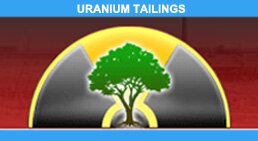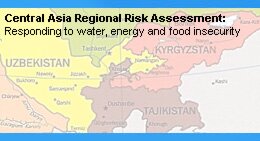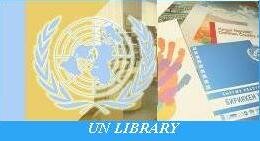| Aid reaches displaced and refugee families in Kyrgyzstan and Uzbekistan |
|
BISHKEK, Kyrgyzstan, and KURGANPATA, Uzbekistan, (21 June 2010) – Despite continuing concerns about security, UNICEF has started a large airlift and overland distribution of supplies to people displaced by violence in Kyrgyzstan. At the same time, some of the ethnic Uzbek families that fled the country into neighbouring Uzbekistan have now moved from transit points into bigger camps supported by UNICEF.
Kyrgyzstan: Aid for the displaced
In response to the crisis inside Kyrgyzstan, a convoy carrying 40 tonnes of UNICEF supplies has arrived in the city of Jalalabad. It will drop some of its cargo there and then continue on to the city of Osh for more aid distribution tomorrow. “Further supplies will be airlifted into Osh by mid-week, and we will be aiming to establish an office in Osh as soon as practically possible,” said UNICEF Kyrgyzstan Head of Office Jonathan Veitch. The supplies carried by the convoy include eight mobile obstetric kits sufficient for handling up to 800 deliveries and enough emergency medicines to treat 10,000 children suffering from diarrhoeal diseases. Vitamin and micronutrient supplements, UNICEF School-in-a-Box kits and water-and-sanitation supplies are also being trucked to the displaced population. According to preliminary data from the Ministry of Health, there are 10 shelters for displaced people in Osh province and 7 such shelters in Jalalabad. Uzbekistan: Supporting refugee camps In Uzbekistan, meanwhile, refugee camps in the Kurgantapa district of Andijan province have received tents, non-food items, and basic health and hygiene equipment – all provided by UNICEF last week as part of its early response to the emergency. UNICEF was among the first humanitarian actors present in the camps after the crisis erupted. Women and children comprise more than 90 per cent of the refugee population, as many men remained behind in Kyrgyzstan to protect their property. To meet the immediate needs of refugee families, UNICEF is procuring $2 million in additional relief aid – including basic health and hygiene kits with enough supplies to serve 100,000 people for three months, as well as water storage tanks and children’s recreation materials. Flash appeal for funding “The relief operation is going well, but the needs are really big,” said UNICEF Uzbekistan’s Chief of Communication for Development, Savita Varde-Naqvi. “Our biggest concern is an outbreak of disease, including polio, because of overcrowding and possible contamination of water.” Ms. Varde-Naqvi noted that 52,000 children have already been vaccinated against polio in the camps and surrounding host communities in Uzbekistan. Second and third rounds of immunization are now being planned, she added. As part of a UN flash appeal issued on Friday, UNICEF is seeking nearly $9.8 millon in new funding from international donors to address the urgent needs of displaced people in Kyrgyzstan, and refugees in Uzbekistan, in the weeks and months to come. Photo (top): Zilola, age 1, and her grandmother outside a UNICEF-supplied, multi-purpose tent at a refugee camp in Uzbekistan, where they are staying after fleeing violence in neighbouring Kyrgyzstan. © UNICEF Uzbekistan/2010/Toshmatov Photo (bottom): A UNICEF team joins Maftuna, 7, Lorchinbek, 6, and Abrorbek, 6, who are playing near their new temporary home at a camp in Uzbekistan, where most of the refugee population consists women and children. © UNICEF Uzbekistan/2010/Toshmatov |





